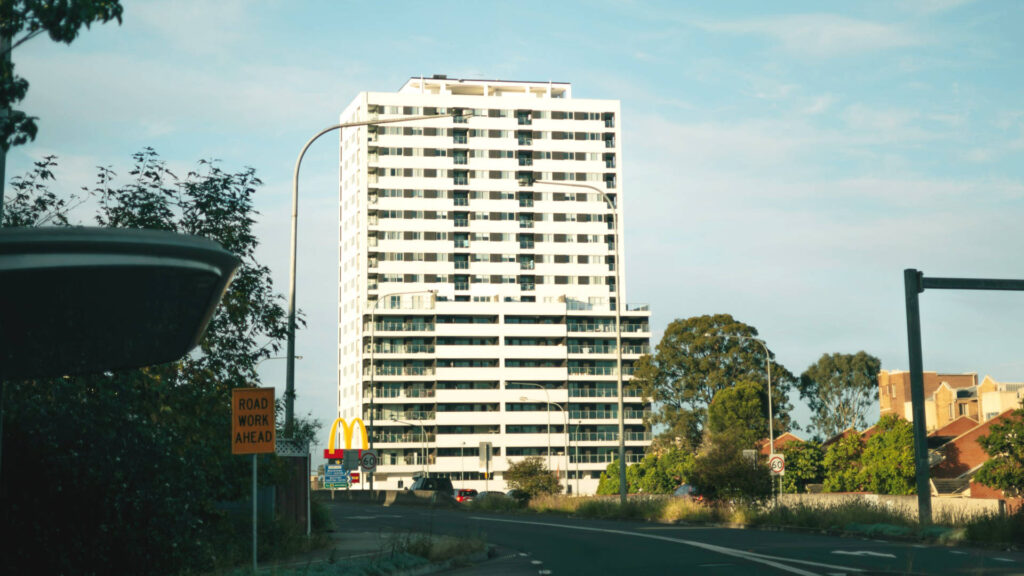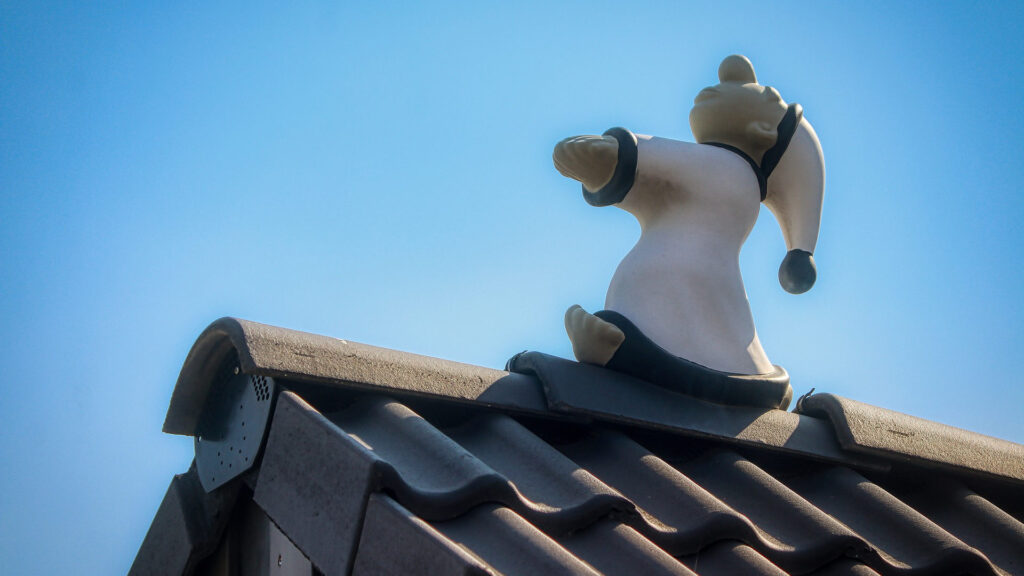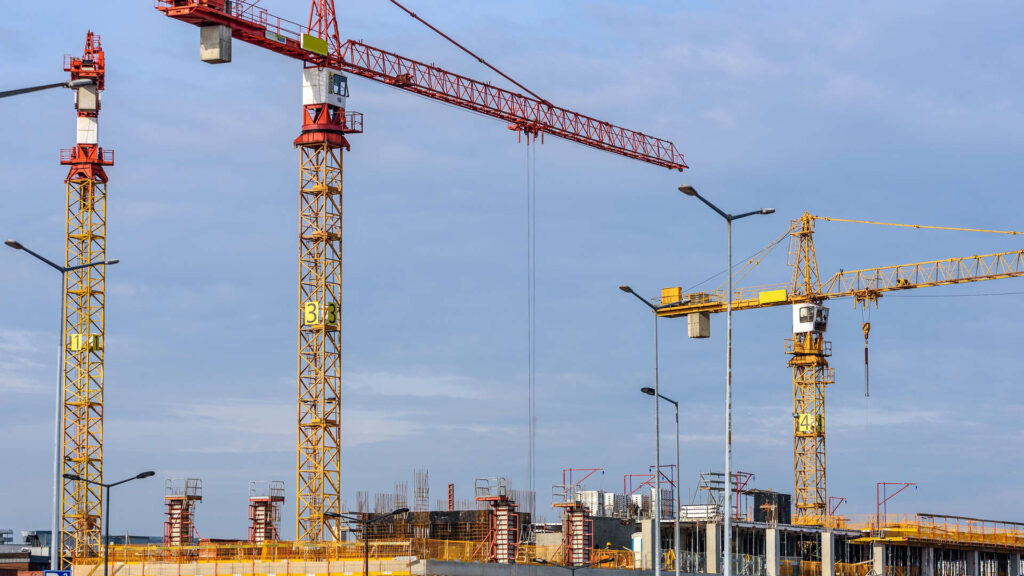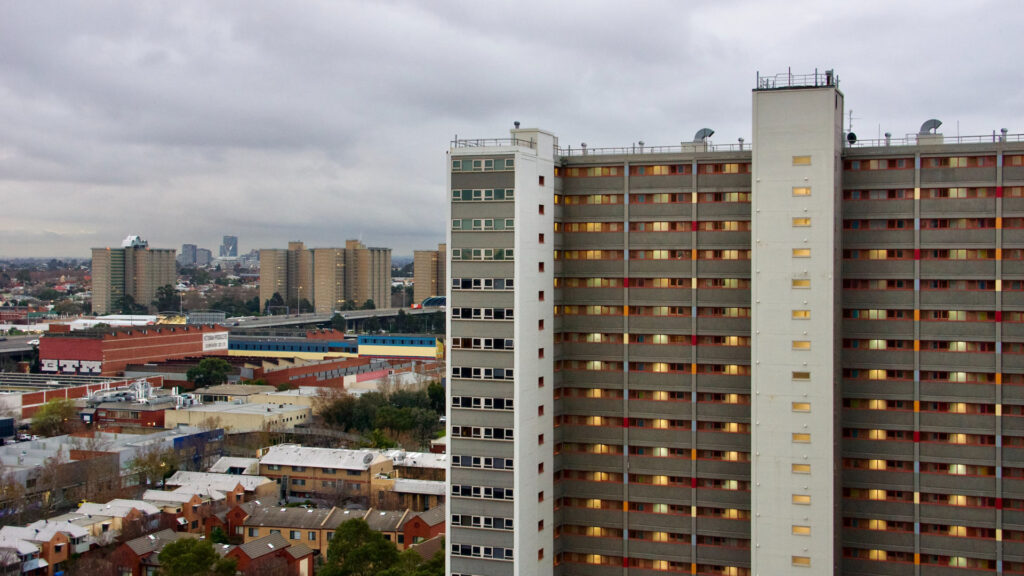The rental market in Australia has completely gone mad.
According to the most recent rental vacancy statistics from CoreLogic, PropTrack and SQM Research, Australia’s capital city vacancy rate fell to an all-time low of around 1.0% in September, with every market in Australia suffering exceptional tightness
The scarcity of available rental properties has pushed rental inflation to its highest level in decades, with PropTrack recording 12.2% growth in capital city rents in the year to September, driven by 18.2% growth in Sydney, 14.9% growth in Perth, and 13.6% growth in Melbourne
















